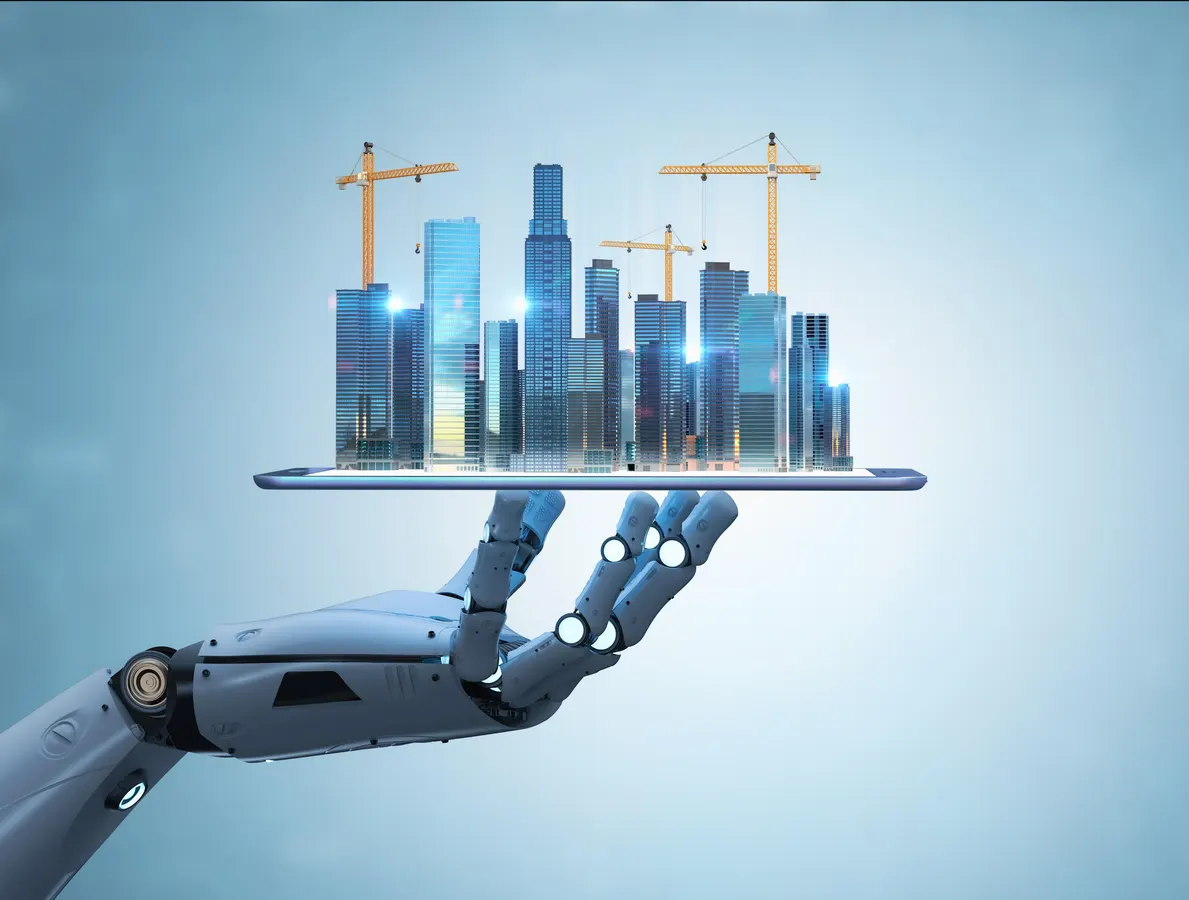The global market for Artificial Intelligence in Construction is a theater of intense and increasingly sophisticated competition, where a diverse array of technology vendors are vying to bring a new level of intelligence and efficiency to one of the world's oldest and least digitized industries. A close examination of the AI in Construction Market Competition reveals a multi-layered rivalry. It pits the agile, best-of-breed AI startups against the deeply entrenched, all-in-one platforms of the major AEC software giants, and it sees the powerful cloud hyperscalers positioning themselves as the foundational "AI factory" for the entire industry. The competition is fierce because the market opportunity is immense: the potential to unlock trillions of dollars in value by improving the productivity, safety, and sustainability of the global construction sector. The AI in Construction Market size is projected to grow USD 15.01 Billion by 2035, exhibiting a CAGR of 32.66% during the forecast period 2025-2035. This explosive growth ensures that the competitive pressures will only escalate as all players invest heavily to prove that their approach to AI can deliver the most tangible and transformative results.
The central competitive dynamic is the ongoing clash between the specialized, pure-play AI-in-construction startups and the major, established AEC software platforms. The startups, often focused on a single problem like on-site safety analytics or project scheduling optimization, compete on the basis of their deep, specialized expertise and the superiority of their AI models. Their competitive advantage is their agility and their singular focus. They can build a highly accurate computer vision model for detecting safety hazards, for example, that is far superior to a generic model. They compete by offering a best-of-breed solution that delivers a clear and powerful ROI for a specific pain point. In direct opposition are the major AEC software giants like Autodesk and Bentley Systems. Their competitive strategy is one of platform integration and bundling. They are aggressively building or acquiring AI capabilities and embedding them as features within their existing, market-leading design and project management platforms. Their competitive advantage is the promise of a single, unified data environment and a seamless workflow, where AI-driven insights are delivered directly within the tools that their customers already use every day. This creates a classic strategic choice for a construction company: do they want the superior performance of a specialized, standalone AI tool, or the convenience of a "good enough," integrated AI feature from their primary software vendor?
This primary rivalry is further complicated by the powerful competitive presence of the major cloud hyperscalers—AWS, Microsoft Azure, and Google Cloud. They are competing to become the foundational "AI platform of choice" for the entire construction industry. They are not building the end-user applications themselves, but they are providing the essential building blocks that everyone else uses, including the scalable cloud infrastructure for storing massive amounts of construction data (like photos and drone footage), the powerful machine learning platforms (like SageMaker and Azure ML) for training custom AI models, and a suite of pre-built AI services for things like computer vision and natural language processing. Their strategy is to enable a broad ecosystem of partners—from the AEC giants to the smallest startups—to build their solutions on top of their cloud. This makes them both a critical partner and a potential long-term competitor, as they control the underlying intelligence layer of the entire market. This multi-layered competition between the AI specialists, the AEC platform incumbents, and the cloud hyperscalers defines the dynamic and fast-evolving landscape of AI in construction.
Top Trending Reports -
GCC Railway Cybersecurity Market



